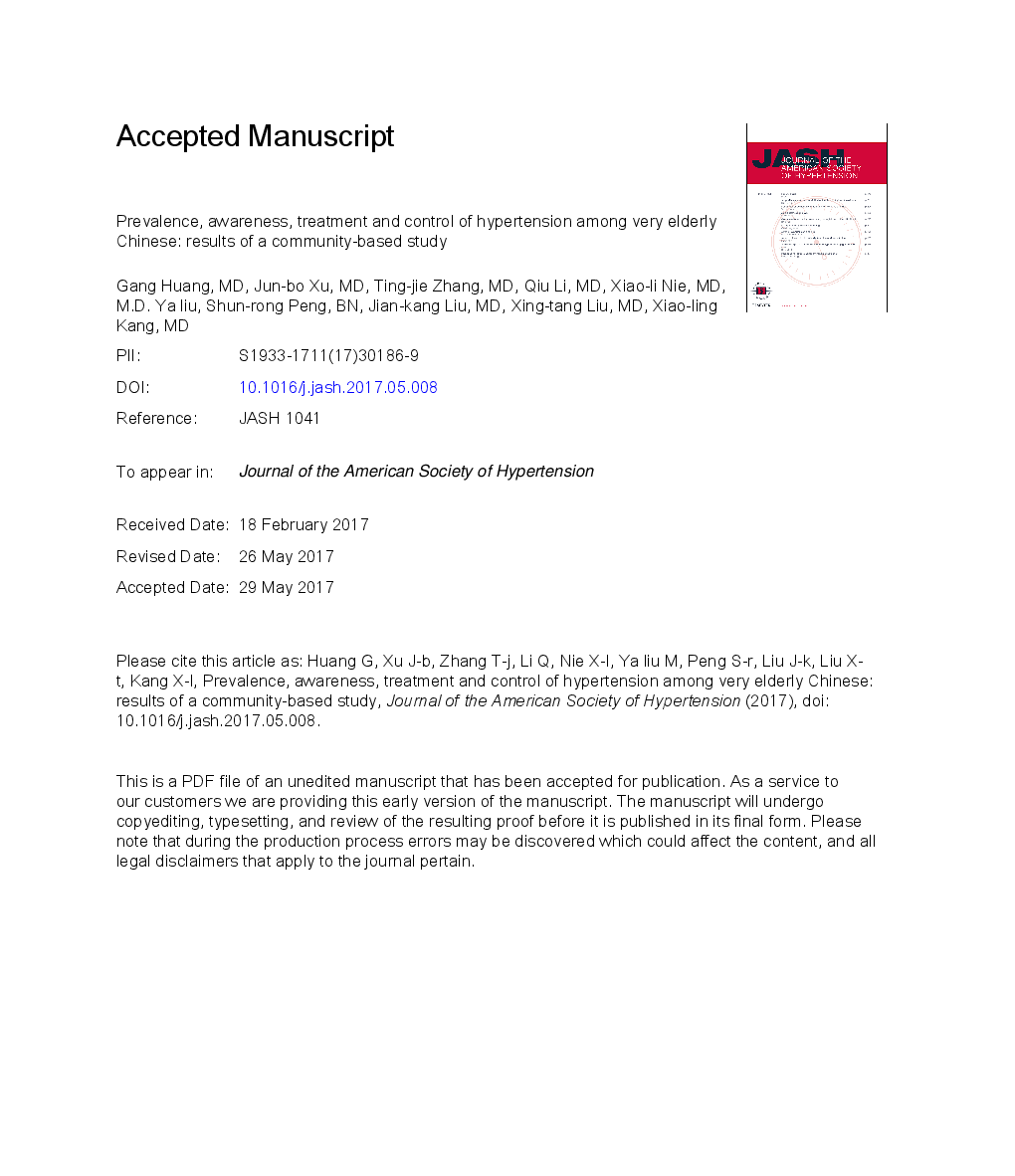ترجمه فارسی عنوان مقاله
شیوع، آگاهی، درمان و کنترل فشار خون بالا در میان سالمندان چینی: نتایج یک مطالعه مبتنی بر جامعه
عنوان انگلیسی
Prevalence, awareness, treatment, and control of hypertension among very elderly Chinese: results of a community-based study
| کد مقاله | سال انتشار | تعداد صفحات مقاله انگلیسی |
|---|---|---|
| 127394 | 2017 | 33 صفحه PDF |
منبع

Publisher : Elsevier - Science Direct (الزویر - ساینس دایرکت)
Journal : Journal of the American Society of Hypertension, Volume 11, Issue 8, August 2017, Pages 503-512.e2
ترجمه کلمات کلیدی
چینی ها، فشار خون، شیوع، خیلی سالمند،
کلمات کلیدی انگلیسی
Chinese; hypertension; prevalence; very elderly;

